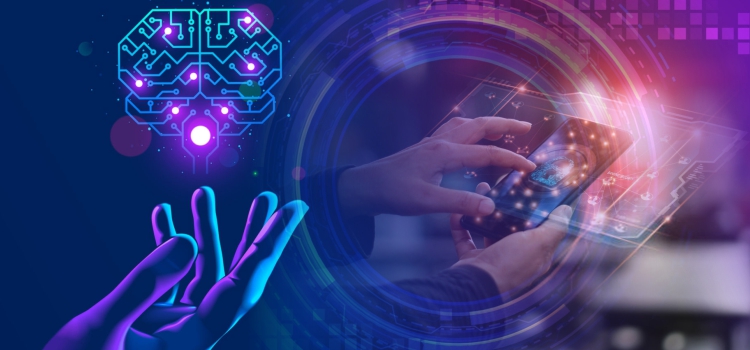Digital Twins have been prevalent in the manufacturing industry for over a decade now. However, its adoption has been slow, considering the challenges of Digitization in Product Engineering, which is a fundamental component for creating Digital Twins. In the last decade, the rapid acceleration in Enterprise Architectural Patterns, Data Management, Artificial Intelligence, Machine Learning, Augmented Reality, Opensource Software, and Internet of Things has catalyzed the Digitization processes within industries. This has now put the focus back on Digital Twins with industries starting to experience the benefits they bring to Product Evolution, especially an accelerated time to market.
What is a digital twin?
A digital twin is a virtual representation of a physical object or process. The concept was originally attributed to Michael Grieves, University of Michigan, in 2002. However, the first practical definition of digital twin originated from NASA in 2010 while improving the physical model simulation of a spacecraft. In simple terms, a digital twin is an exact replica of a system or process. It is built and evolved based on data that is continuously obtained from the real systems or processes as businesses use them. It is used by product manufacturers or service enablers as a means for continuous improvement of the product or process. Digital twins provide crucial information about how the system or process behaves in the real world, which helps the product designers, process analysts and solution enablers to take corrective actions or introduce preventive measures in the system or process leading, to better customer experiences, faster and cheaper product cycles.
Why digital twins?
Products & Processes evolve through continuous feedback from multiple personas who experience, utilize, or create the product or process. This could include personas like customers, service providers, solution enablers, product designers, process analysts, etc. Feedback could also come in various forms and, in almost all cases, is manually collected, collated, aggregated, and analyzed. The key problems with such feedback mechanisms include:
- Feedback is infrequent as it is driven by real experiences, hence not captured properly
- Feedback is not constant
- Feedback may be biased in some cases
- Feedback may not directly correlate with the needs of the product / process engineering team
- Feedback is often late and does not align well with product / process engineering cycle
This in-effect causes a long product / process engineering cycle giving opportunities for competition to capitalize on the product / process weaknesses, impacting its success in marketplace.
Digitizing the feedback process through use of technologies such that the feedback is exact, continuous, unbiased, and relevant to product / process engineering, catalyzes the entire product / process engineering process and drastically reduces the product / experience evolution cycle. Such a digitized feedback process is established through Digital Threads running across the length and breadth of the product / process ecosystem.
Digital Twins built at the cross-sections of Digital Threads are used to derive meaningful insights relevant to the personas who are conceptualizing, designing, and developing the product / process. Such Digital Twins, which provide a virtual representation of a real product / process could help the product / process designers in getting a real-time understanding of the weaknesses and limitations in the product / process they designed. It also helps them in their design process by giving them a chance to model and understand the behavior of the product / process based on new parameters or thresholds that are to be considered for the product / process.
Benefits of digital twin:
- Concrete path to develop the next version of the product – as an increment in functionality
- Faster development cycle
- Establish an empathy driven customer experience
- Capture issues earlier in the product / process cycle as the product / process evolves
The Mphasis’ Front2Back™ Transformation approach uses the exponential power of cloud and cognitive to provide hyper-personalized (C=X2C2 TM=1) digital experience to clients and their end customers. The portfolio of solutions and focus tribes that touch every aspect of Product Engineering right from Design to Deployment, help our customers jump start on their Digital Twin journey. Our state-of-the-art cognitive computing platform DeepInsightsTM and its reusable components help enterprises gain faster and easy access to insights along with powering the Digital Twins.

